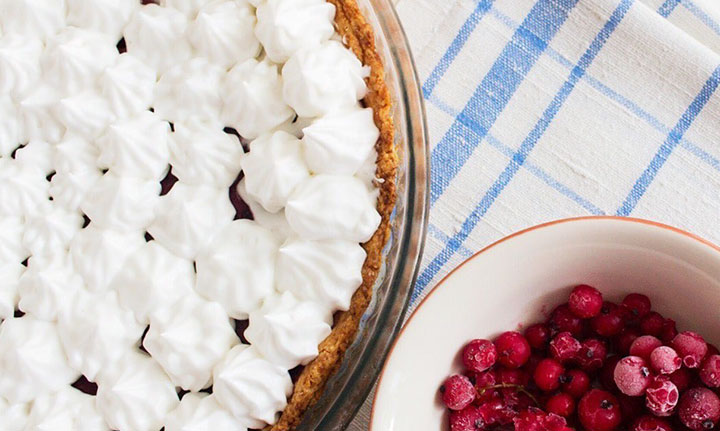Basic Facts About Meringue: Everything You Need to Know
Meringues are the perfect snack: they can be paired with other things to create elaborate and elegant desserts, but they can also deliver excellent flavors and textures when consumed on their own. This is why meringues have been popular not just among pâtissiers and dessert connoisseurs but also for ordinary folks who are looking for delicious snacks that will satisfy their sweet tooth. Whether you love snacking on cute meringue cookies or you prefer meringues on pies and other baked goods, you can learn more about this addictive dessert through this guide.
They’re made of basic ingredients
Meringues might look like they are too complicated to make, but the fact is that they can be made with just simple components: sugar, whipped egg whites, and cream of tartar (or an acid such as lemon and vinegar). Some chefs and home cooks decide to add a binding agent like flour or salt to the egg whites. Once you have the foundation of a good meringue, you can add flavoring agents to create a delicious chocolate meringue or whip up yummy vanilla meringue cookies.
However, while meringues are made from simple ingredients, they do have to be made using specific techniques to ensure that they will come out with the right texture and appearance. The egg whites have to be beaten properly to create the ideal protein structure, and the dessert must be baked at the ideal temperature and within the recommended time frame. Too much humidity must also be avoided since meringue absorbs water from the air and can lose its structure when exposed to excessive moisture.
They have been around for centuries
Experts agree that the meringue was developed between the 17th and 18th centuries. However, it’s not clear exactly where this scrumptious dessert was first invented. Some claim that it was developed in Switzerland and later improved by an Italian chef, while others insist that the dessert originated from France. The term “meringue” first appeared in a 1692 cookbook written by Francois Massialot, and recipes for meringues have appeared in various manuscripts since then.
There are several classifications of meringues
All meringues are not created equal since they can actually be classified into several types. One such type is French meringue, which is also known as the basic meringue that’s often made by many home cooks and is created with egg whites and caster sugar. Italian meringue, on the other hand, uses sugar syrup in place of caster sugar and is known for its softer yet also more stable texture. This type of meringue can be baked as a base for desserts or used as decoration on cakes and pies.
Swiss meringue, meanwhile, makes use of a bain-marie to keep the egg whites warm while they are being whisked. This technique creates a glossy meringue that resembles a marshmallow and is denser than other types.
There are healthier versions of meringue
Meringues have become popular over the years because of their interesting taste and texture. However, they have also gained notoriety among health-conscious people since their ingredients make them incredibly high in sugar and calories. This is definitely bad news if you have a sweet tooth, but the good news is that you can now enjoy a healthier version of meringues! Through modern innovations, manufacturers are now able to produce meringue cookies that are free of sugar and carbs. As a result, you can satisfy your meringue cravings and enjoy a delicious treat without having to worry about your health.
We hope this guide has helped you learn more about your favorite dessert! If you need more information about meringues, or if you’re wondering where to buy meringue cookies that are better for your health, get in touch with Tidbits! We offer high-quality meringues that contain minimal calories per piece and are free of sugar and cholesterol, and our products are the perfect option for those who are looking for delicious sugar-free snacks.

